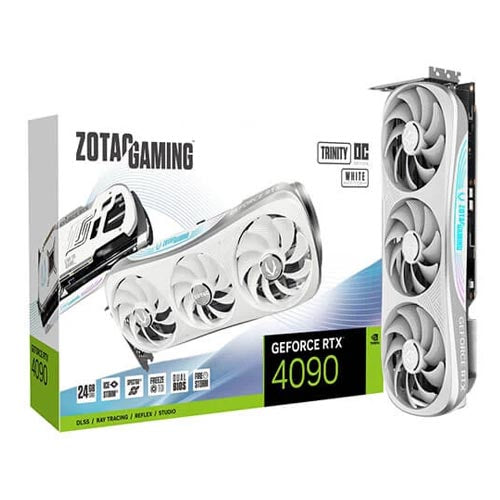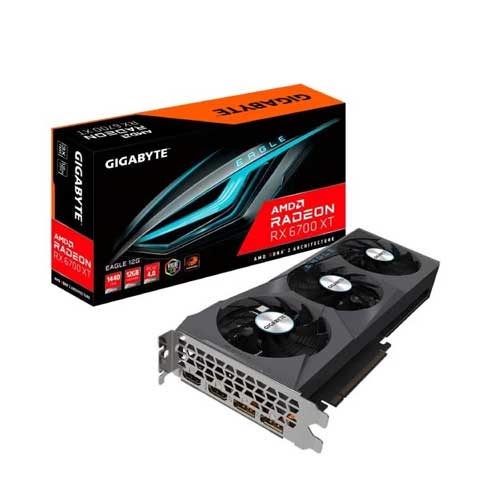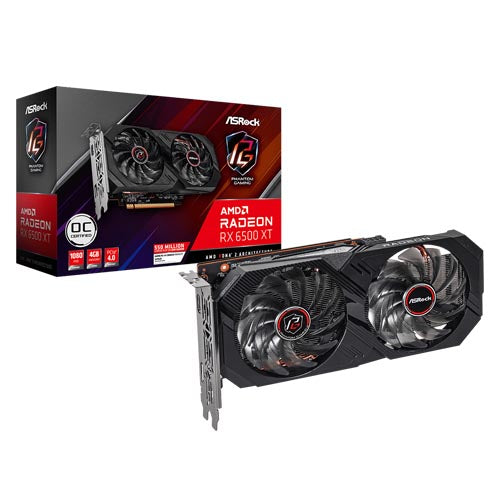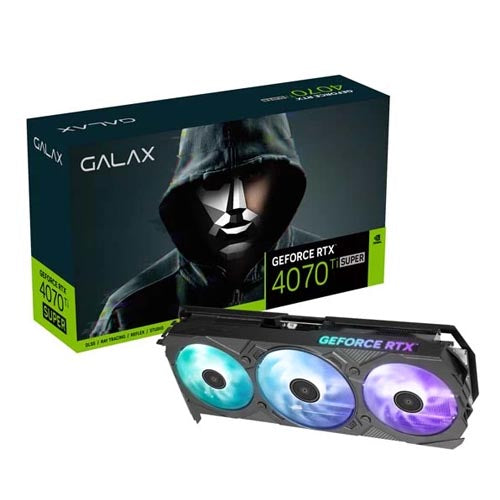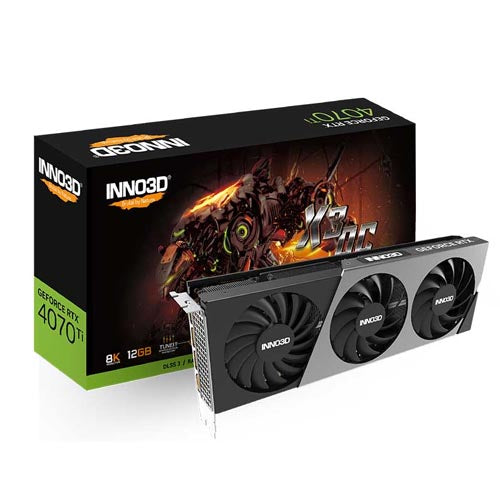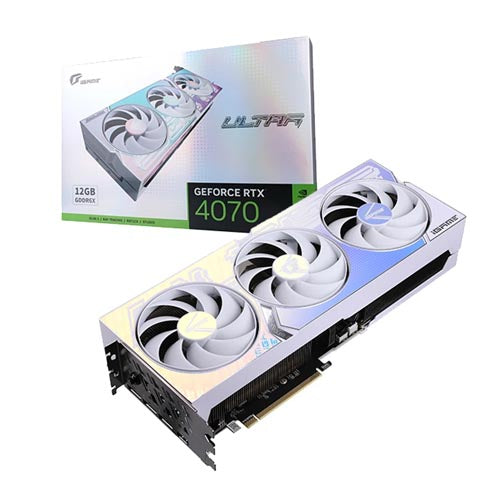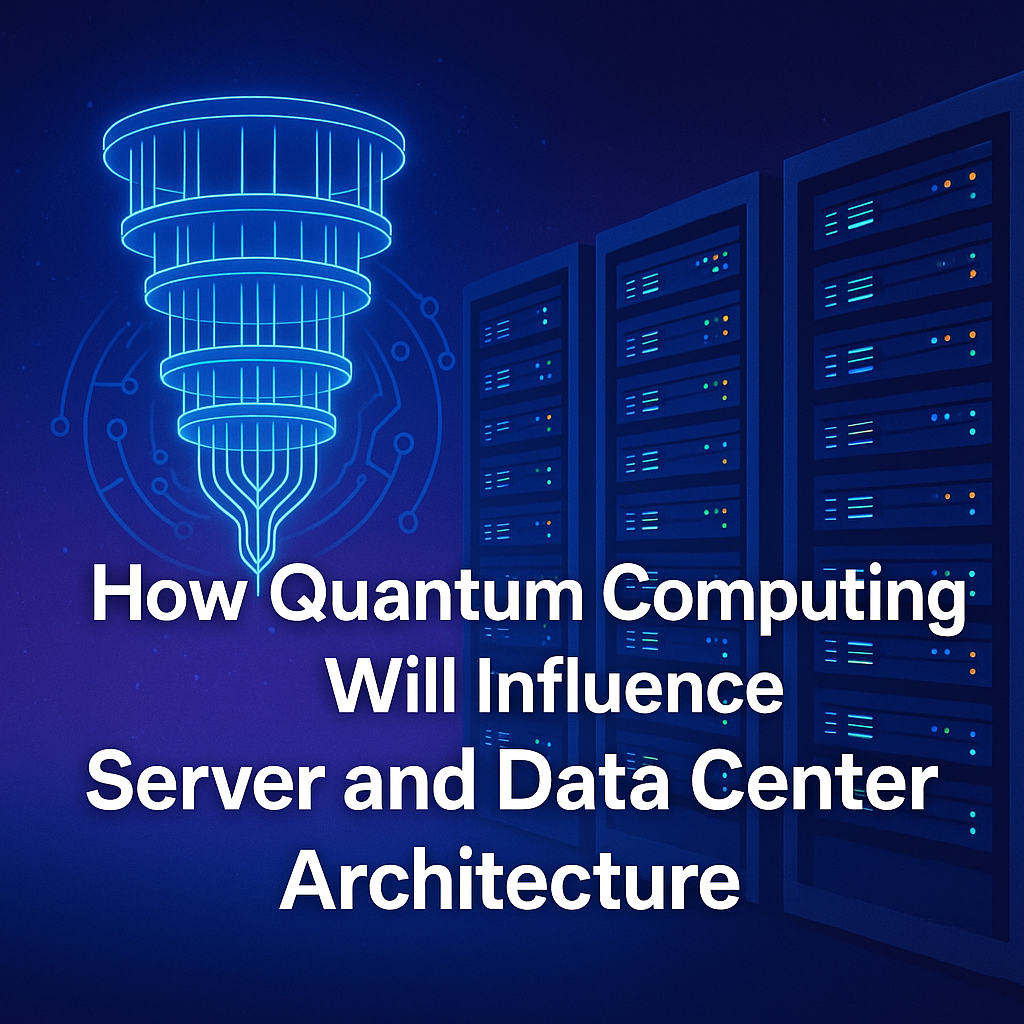For decades, software deployment revolved around provisioning, configuring, and maintaining servers. Even with the arrival of cloud computing, developers still had to manage infrastructure — setting up VMs, scaling instances, and applying security patches.
Serverless computing changes this by letting developers write and deploy code without managing servers. The term “serverless” doesn’t mean there are no servers; it means the server management is abstracted away to the cloud provider. Developers focus purely on application logic, while the provider handles scaling, availability, and maintenance.
By 2025, serverless has moved beyond a buzzword to a core enterprise architecture pattern — powering APIs, event-driven systems, automation, and even AI workloads.
In this blog, we’ll break down how serverless computing works, the technical architecture, programming workflows, and strategic business impacts.
How Serverless Computing Works
Serverless operates on an event-driven execution model. Code runs only when triggered, and businesses pay only for execution time and resources consumed.
Key Characteristics
-
- No Infrastructure Management – Cloud provider manages provisioning and scaling.
- Event-Driven Execution – Functions trigger on events like HTTP requests, file uploads, or database changes.
- Automatic Scaling – Scales to zero when idle, scales up instantly on demand.
- Pay-Per-Use Pricing – Billing is based on execution duration and memory usage.
Serverless Architecture: Under the Hood
The most common form of serverless is Functions-as-a-Service (FaaS), offered by platforms like AWS Lambda, Google Cloud Functions, and Azure Functions.
Architecture Flow
Example Event Sources:
-
- HTTP Requests (via API Gateway)
- File Upload (via S3 Bucket event)
- Database Change (via DynamoDB Streams)
- Scheduled Cron Jobs
- Message Queues (via Kafka, SQS)
Execution Steps
-
- Trigger: An event is generated.
- Provisioning: Cloud provider spins up an execution environment (often a containerized micro-VM).
- Execution: Function runs the provided code.
- Teardown: Environment is destroyed or paused to save costs.
Writing Your First Serverless Function
Here’s an AWS Lambda Python Example:
Deploy Steps:
-
- Create a Lambda function in AWS Console.
- Attach API Gateway to handle HTTP requests.
- Deploy and test via a public endpoint.
Cold Starts and Performance Optimization
One technical challenge in serverless is the cold start — the time it takes to initialize an execution environment after inactivity.
Optimization Strategies
-
- Provisioned Concurrency (AWS Lambda) – Keep functions warm.
- Smaller Packages – Reduce deployment size to improve start time.
- Runtime Selection – Choose faster runtimes (Node.js, Go).
- Avoid Heavy Dependencies – Use lightweight libraries.
Integrating Serverless with Databases
Serverless functions often work with serverless databases like DynamoDB, FaunaDB, or Aurora Serverless.
Best Practice: Use connection pooling or AWS SDK integrations to avoid opening new DB connections on each invocation.
Event-Driven Workflows in Serverless
Serverless shines in event-driven architectures where multiple services communicate via events.
-
- User uploads an image to S3.
- S3 event triggers a Lambda function.
- Lambda calls an AI image recognition API.
- Results are stored in DynamoDB.
- DynamoDB update triggers a notification service.
Security in Serverless Computing
While serverless abstracts infrastructure, security still matters.
Best Practices
-
- Principle of Least Privilege – Assign minimal IAM permissions.
- Input Validation – Sanitize all inputs to prevent injection attacks.
- Environment Variable Encryption – Store secrets in AWS Secrets Manager or GCP Secret Manager.
- Monitoring & Logging – Use AWS CloudWatch or Google Cloud Logging.
Monitoring and Observability
Observability in serverless involves tracking:
-
- Invocation Count
- Execution Duration
- Error Rate
- Cold Start Metrics
For advanced tracing, tools like AWS X-Ray or Datadog can map function execution paths.
Cost Model and Business Impact
Pricing Example (AWS Lambda):
-
- $0.20 per 1M requests
- $0.00001667 per GB-second
Scenario: Function runs for 500ms with 512MB RAM. 1M requests/month cost ≈ $8.34.
Business Benefits:
-
- Reduced Infrastructure Costs
- Faster Time-to-Market
- Automatic Scaling
- No Server Maintenance Staff Needed
When Not to Use Serverless
-
- High-Frequency Low-Latency Apps – Cold starts add unacceptable latency.
- Long-Running Tasks – AWS Lambda max 15 mins.
- Heavy Compute Workloads – GPU-based AI models better on dedicated instances.
Serverless in AI & Data Processing
By 2025, serverless functions are common for:
-
- AI inference (lightweight models)
- ETL jobs for data pipelines
- Chatbot backends
- Real-time notifications
Hybrid Architectures: Serverless + Containers
Some workloads combine serverless functions for event handling with containerized microservices for persistent processing.
Pattern Example:
-
-
API Gateway → Lambda → Fargate Container → Database.
-
This hybrid approach allows flexibility while keeping costs optimized.
The Future of Serverless in Business
By 2025, trends include:
-
-
Serverless AI Pipelines – Functions that orchestrate ML workflows.
-
Edge Serverless – Running functions close to users via Cloudflare Workers, AWS Lambda@Edge.
-
Stateful Serverless – New offerings allow persistent state between function calls.
-
Conclusion: Serverless Is a Business Enabler
Serverless computing is more than a cost-saving tool — it’s a strategic enabler for innovation.
By removing the burden of infrastructure management, businesses can:
-
-
Accelerate product development.
-
Reduce operational overhead.
-
Scale instantly to meet demand.
-
For developers, serverless offers freedom to focus on code. For businesses, it offers agility, efficiency, and resilience.
